Advanced Quantum A.I. Test. How Smart are you?
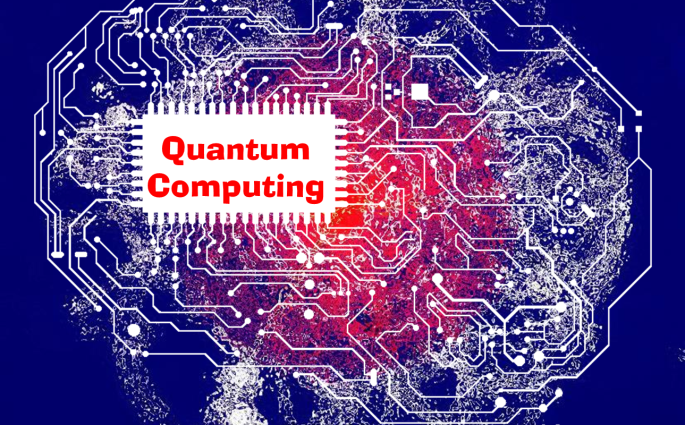
What is a Qubit?
A qubit is a two-state quantum-mechanical system, such as the polarization of a single photon: here the two states are vertical polarization and horizontal polarization. In a classical system, a bit would have to be in one state or the other.
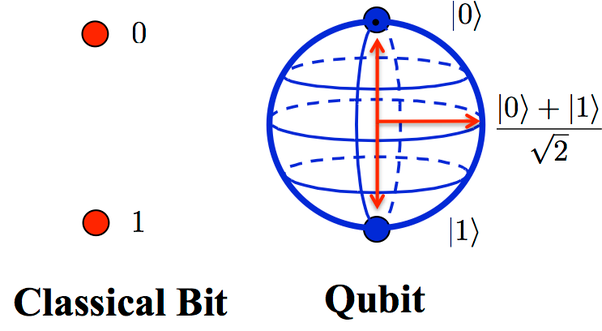
What is a Quark?
Any of a number of subatomic particles carrying a fractional electric charge, postulated as building blocks of the hadrons. Quarks have not been directly observed, but theoretical predictions based on their existence have been confirmed experimentally.
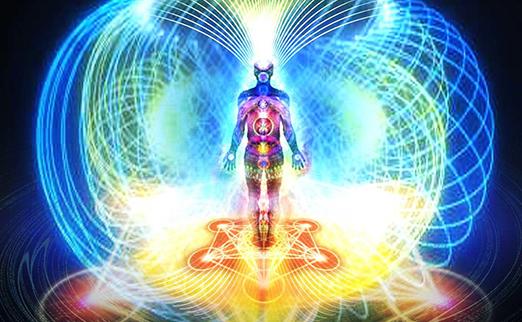
What is Quantum Healing?
Quantum healing must be better than faith healing because it talks about quantum which makes the healing scientific.
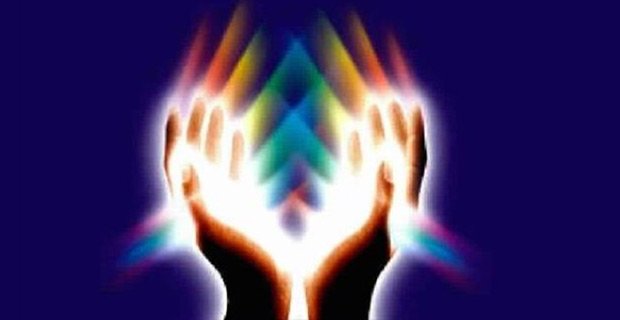
What is Quantum touch?
Did you know that you can heal by touch and by the power of love? Your love has extraordinary healing power! Basically, it's like other forms of hands-on healing, like Reiki and therapeutic touch. One difference is that the power of quantum touch is claimed to consist in certain techniques that can be learned. In Reiki, by contrast, laying-on-of-hands is said to only be effective after healing powers have been "transferred" from the teacher to the student (a process called "attunement" in Reiki parlance), regardless of how well an unattuned believer might follow the Reiki hand movements. Quantum Touch is also claimed to be "a therapy that helps bones to spontaneously adjust to their proper alignment.

What is Quantum Teleportation?
We can upload medicine to peoples' bodies by using quantum teleportation, an exclusive technology obtained from extraterrestrial beings. Quantum teleportation is a real phenomenon in physics, but it has nothing to do with aliens, it transfers info between particles, not particles between places, and the record for the longest distance anything's been teleported this way is 143 km, so if QuantumMAN really were able to cure people from anywhere in the world by teleporting trillions of molecules into their bodies, someone from the company would be getting a Nobel Prize. No one has. Quantum teleportation (the woo version) "works" by downloading a "Portal Access Key" to a computer; this "unlocks a quantum portal developed by ZAG that allows bioinformation to flow from ZAG's quantum computer directly to the neural network of your brain, another quantum computer, via quantum teleportation." These Portal Access Keys can be purchased separately for each product.
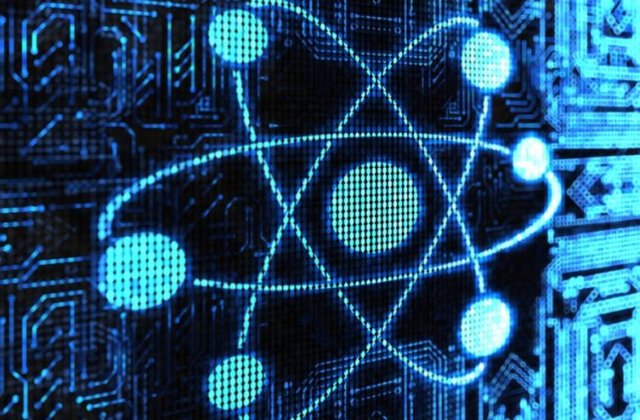
What is Quantum Computation?
A quantum computer is a computation device that makes direct use of quantum mechanical phenomena, such as superposition and entanglement, to perform operations on data. Quantum computers are different from digital computers based on transistors. Whereas digital computers require data to be encoded into binary digits (bits), quantum computation uses quantum properties to represent data and perform operations on these data. A theoretical model is the quantum Turing machine, also known as the universal quantum computer. Quantum computers share theoretical similarities with non-deterministic and probabilistic computers. One example is the ability to be in more than one state simultaneously. The field of quantum computing was first introduced by Yuri Manin in 1980 and Richard Feynman in 1981. A quantum computer with spins as quantum bits was also formulated for use as a quantum space-time in 1969. Although quantum computing is still in its infancy, experiments have been carried out in which quantum computational operations were executed on a very small number of qubits (quantum bits).Both practical and theoretical research continues, and many national government and military funding agencies support quantum computing research to develop quantum computers for both civilian and national security purposes, such as cryptanalysis. Large-scale quantum computers will be able to solve certain problems much faster than any classical
computer using the best currently known algorithms, like integer factorization using Shor’s algorithm or the simulation of quantum many-body systems. There exist quantum algorithms, such as Simon’s algorithm, which run faster than any possible probabilistic classical algorithm. Given sufficient computational resources, a classical computer could be made to simulate any quantum algorithm; quantum computation does not violate the Church–Turing thesis. However, the computational basis of 500 qubits, for example, would already be too large to be represented on a classical computer because it would require 2500 complete values to be stored.

What is Quantum Mechanics?
Quantum mechanics (QM) is a branch of physics developed to deal with the behavior of atoms, molecules, and sub-atomic particles. Most of the foundations of QM were laid down during the first three decades of the 20th century. Since then, it has been used extensively in the study of chemistry and materials, including biological research, and in cosmology, astrophysics and astronomy.
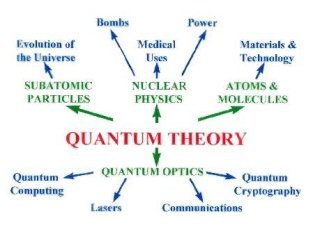
What does Quantum Explain?
One of the things quantum mechanics explains is why energy is absorbed or emitted by atoms only in discrete amounts, or "quanta". This in turn explains why hot objects (like the Sun) shed light in the specific way that they do. Quantum mechanics also explains a host of other phenomena, like superconductivity (used in MRI machines and some high-speed trains), Hawking radiation (theoretically emitted by black holes), the fine structure of the microwave background cosmic radiation (caused by quantum fluctuations on top of flat spacetime), how magnets work, the biochemical properties of proteins, why metals conduct and plastic doesn't, and more. Its probabilistic nature also explains many everyday things like why glass is both reflective and transparent; light has a probability of going through it and another defined probability of being reflected back. In a purely classical system the light would do one or the other because all interactions would be identical and deterministic. It explains why light bulbs glow and become hot, and explains how electricity travels as quickly as it does; in short, it explains everything. Well… nearly everything. Physicists have identified electromagnetism, gravitation and the weak and strong interactions as the fundamental forces of nature. As it currently stands, quantum mechanics, via the Standard Model of Particle Physics, can only describe the three nongravitational forces. Furthermore, dark matter, dark energy and neutrino physics remain poorly understood, as are the origin and fate of the Universe.
What is weird and spooky about quantum?
Some of the phenomena of quantum mechanics, such as entanglement were described by Albert Einstein as "spooky" because, at the sub-atomic level, physics as we think we know it breaks down and becomes almost incomprehensible.
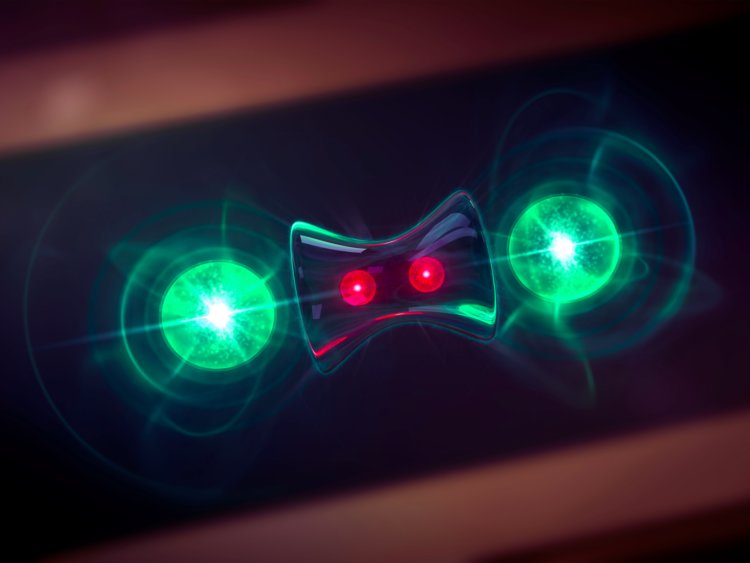
What is Quantum entanglement?
Quantum entanglement is a quantum mechanical phenomenon in which the quantum states of two or more objects have to be described with reference to each other, even though the individual objects may be spatially separated.
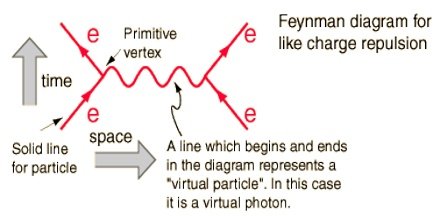
What is Quantum electrodynamics?
Quantum electrodynamics, abbreviated QED, is a relativistic quantum field theory that arises when we apply the principles of quantum mechanics to electromagnetism and electrodynamics. QED covers every possible interaction between an electron (or a positron) and a photon. A hand-wavy way to picture how QED works is to imagine electromagnetic fields reduced to a grid, and then the forces on electrically charged particles are described in terms of the exchange of photons between the particles (the photon is the carrier of the electromagnetic force). While the mathematics of QED, like all quantum field theories, are pretty esoteric, interactions involving QED can be conveniently and relatively painlessly understood through the use of Feynman diagramsWikipedia's W.svg, which look like the sort of things you scribble while talking on the phone.
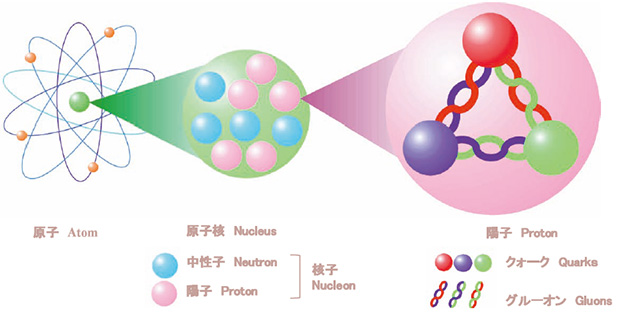
What is Quantum chromodynamics?
Fundamentally, baryonic matter is made of quarks that bind together to form more familiar particles, such as protons and neutrons. Quarks, like protons, have an electric charge, but enjoy the additional privilege of a color charge. One can think of the color charge as analogous to electric charge, but instead of two possible charges (positive and negative) it has three: red, green, and blue. The color charge of a quark determines how the strong nuclear force acts on it.
The force carriers of the strong force are massless particles called gluons, which are analogous to photons in QED. However, while photons have no electric charge, gluons do have a color charge; thus, gluons can interact with other gluons. The mathematical description of all of these interactions fall under the QCD umbrella.
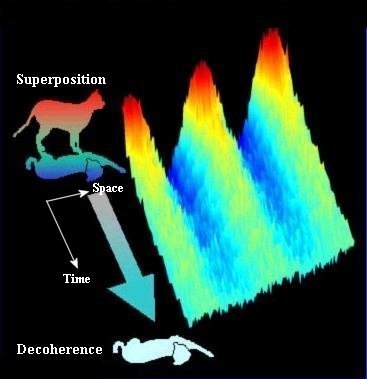
What is the Conscious observation or Observer effect?
"Observation," in the sense of the Copenhagen interpretation is really just short-hand for any form of interaction with a quantum system. There are some, however, that seem to take it as requiring conscious observation, i.e., observation by a human mind. This is highlighted in the intentional absurdity of Schrödinger's cat experiment, where the cat and the detector itself act as "observers". There are further questions for those who take the conscious observer literally, serious scientists at least tend not to subscribe to the conscious observer idea, but there are/were a few exceptions like Wigner.
Why should a conscious observer be significant?
How can consciousness have effects that unconscious physical processes lack?

Whay is Psychokinesis?
Psychokinesis assumes that conscious beings cause physical changes by willing them to happen.
The Copenhagen interpretation assumes that conscious beings cause physical changes by observing them to happen.
The idea that consciousness is somehow special appeals to some religions and also to the purveyors of some types of quantum woo. By contrast p-zombies materialists dislike the idea that there is anything more to consciousness than physical processes within the brain and 19th century block-heads materialists are uncomfortable with the Copenhagen interpretation. This group of interpretations is known as subjective collapse interpretations, since they hold that the wave function and its collapse are real phenomena, and that collapse is triggered by the conscious non-material mind (as in dualism). The most notable subjective collapse interpretation is the von Neumann-Wigner interpretation. Well-known physicist and atheist author/apologist Victor Stenger argued against the Copenhagen interpretation in his book. The Unconscious Quantum.
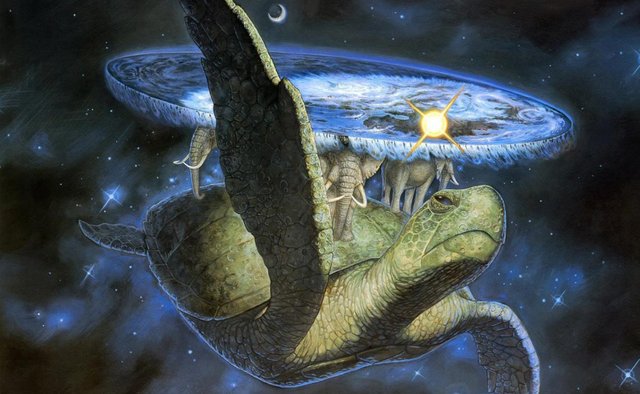
What is Quantum woo?
Quantum physics is a difficult subject and people without science degrees are rarely expected to understand it — even those with the degrees are usually expected to have a working knowledge and not a full appreciation of every aspect of it. Its difficulty is further increased by the fact that, in many cases, there really are almost no decent lay explanations of how it works, so more accurate and nuanced explanations are lacking in popular science. Given the level of both complexity and counter-intuitive nature of quantum theory (and perhaps because of the quantum-based technobabble frequently employed in science fiction like Star Trek) woo-meisters can always call their wares "quantum" something or other and people are likely to expect it. Then ordinary people sometimes react with, "Well it doesn’t make sense to me but I suppose the scientists understand it." There is some psychological evidence to suggest people are more likely to believe explanations that are wrong if they are dressed up with science-like terms — indeed, advertisers have exploited this for many years, notably cosmetics commercials that border on self-parody. This all combines to make quantum woo a very attractive pseudoscience for people to engage in.
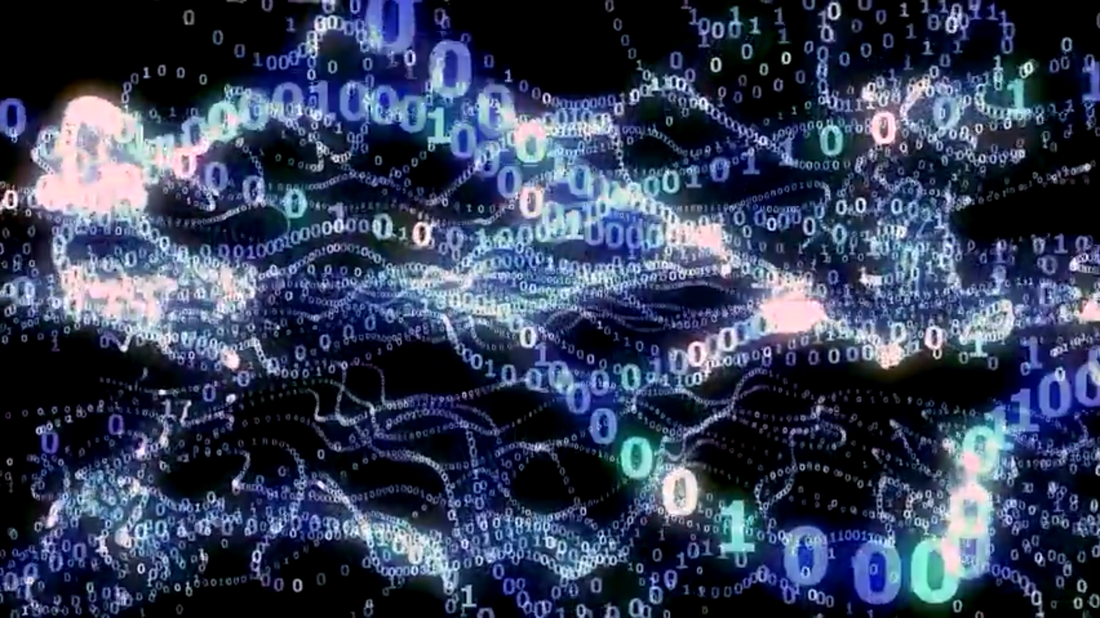
What is Quantum consciousness?
Scientists have some partial understanding of quantum physics but frequently disagree with each other while ordinary people are regularly mystified. Similarly the reason for consciousness is, given current scientific knowledge, impossible to understand. (Of course various religions and woo advocates convince their dupes acolytes that they know the answer to consciousness.) Its reasoning is as follows:
Quantum mechanics is weird, spooky and I can’t understand it. Consciousness is weird, spooky and I can’t understand what causes it. Therefore perhaps the two are connected as quantum consciousness is just one example where the woo-meisters can make it big time.
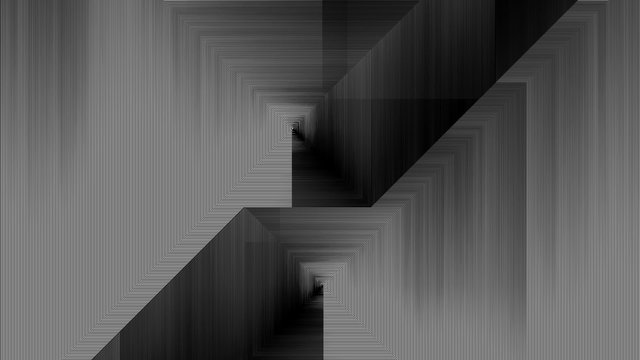
What is Friendly artificial superintelligence?
An artificial intelligence will be developed that will bootstrap itself to immeasurable power and knowledge.It could end up destroying humanity not necessarily out of malice, but just as a side-effect of doing whatever else it was doing. For it not to inadvertently destroy humanity, it needs a value system that completely preserves human ideas of value even though said intelligence will be as far above us as we are above ants. That is, the AI has to be provably Friendly. This is a Yudkowsky neologism meaning "preserves human value no matter what".
"Friendly" here does not mean "your friend", or "helpful", or "increases human happiness", or "obeys orders" — it only means "preserves human notions of value." "Unfriendly" in this context does not mean "hostile", but merely "not proven Friendly". This would include AIs that don't care about humans, or that get human value wrong. The plan for making a Friendly AI was to have it implement Coherent Extrapolated Volition (CEV), a (hypothetical) coherent and complete description of what would constitute value to humans — basically, solving ethical philosophy. Obsolete as of 2004.. but CEV was still in live discussion as a plan for the Friendly AI in 2010. The Machine Intelligence Research Institute (formerly the Singularity Institute, before that the Singularity Institute for Artificial Intelligence), exists to make this friendly local god happen before a bad local god happens. Thus, the most important thing in the world is to bring this future AI into existence properly and successfully as this is crunch time for the entire human species, and therefore you should give all the money you can to the Institute, who used to literally claim eight lives saved per dollar donated.
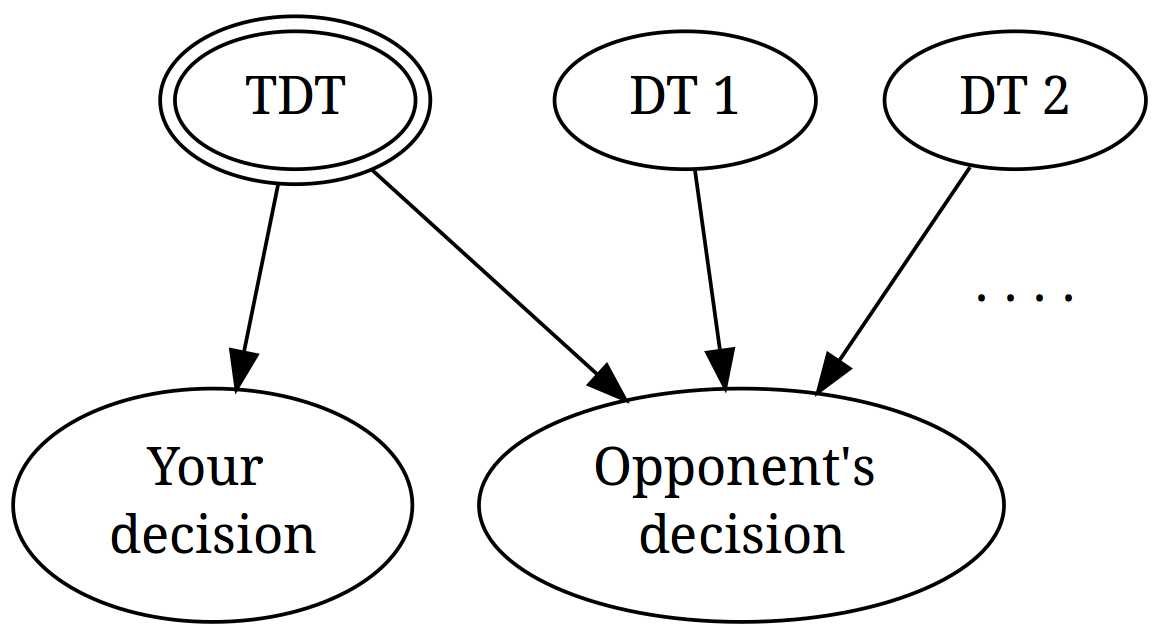
What is Timeless Decision Theory?
In Newcomb's paradox , a being called Omega can predict your actions nigh-perfectly. It gives you two boxes: a transparent one containing $1000, and an opaque one containing either $1 million ... or nothing. You can take either both boxes or only the opaque box. It will have put $1 million in the opaque box if, and only if, it had predicted you will take only the opaque box — if you take both, you get just the $1000. Most philosophical decision theories say to take both boxes, thus failing this rather contrived scenario. This is posited as a reasonable problem to consider in the context of superintelligent artificial intelligence, as an intelligent computer program could of course be copied and wouldn't know which copy it actually was and when. For humans, a superintelligence's predictions of human behavior may be near-perfect, its power may be near-infinite, and the consequences could be near-eternal.
Yudkowsky's solution to Newcomb-like paradoxes is Timeless Decision Theory. The agent makes a firm pre-commitment to plans of action, to such a degree that any faithful simulation of it would also behave per the commitment. There's a lot more, but that's the important prerequisite here. TDT is closely related to Douglas Hofstadter's superrationality. The aim of TDT is to build a system which makes decisions which it could never regret in any past or future instance.
.jpg)
What is the New Age?
"New Age" is a catch-all term for a wide range of spiritual and social movements that developed - mostly - from the Human Potential Movement of the 1960s and 1970s. Characteristic of the so-called New Age movement is the focus on spiritual matters, with an emphasis on individuality. New-Age beliefs are often attributed to real or alleged Asian mystics, particularly Indian and Tibetan, and many New-Age type beliefs draw heavily from Eastern religions, particularly Hinduism. The New-Age movement lacks intellectual rigor and shuns scientific approaches to reality, ostensibly due to the perceived separation between science and spirituality, but also under the pretense of a vague postmodernism. New-Age believers typically take a pick-and-mix approach to spirituality, adapting beliefs and practices from a wide variety of sources such as Hinduism, neopaganism, ufology, Zen Buddhism, and any other weird concept that may appeal to them. The key concepts in practice are a form of vitalism, and of course money.
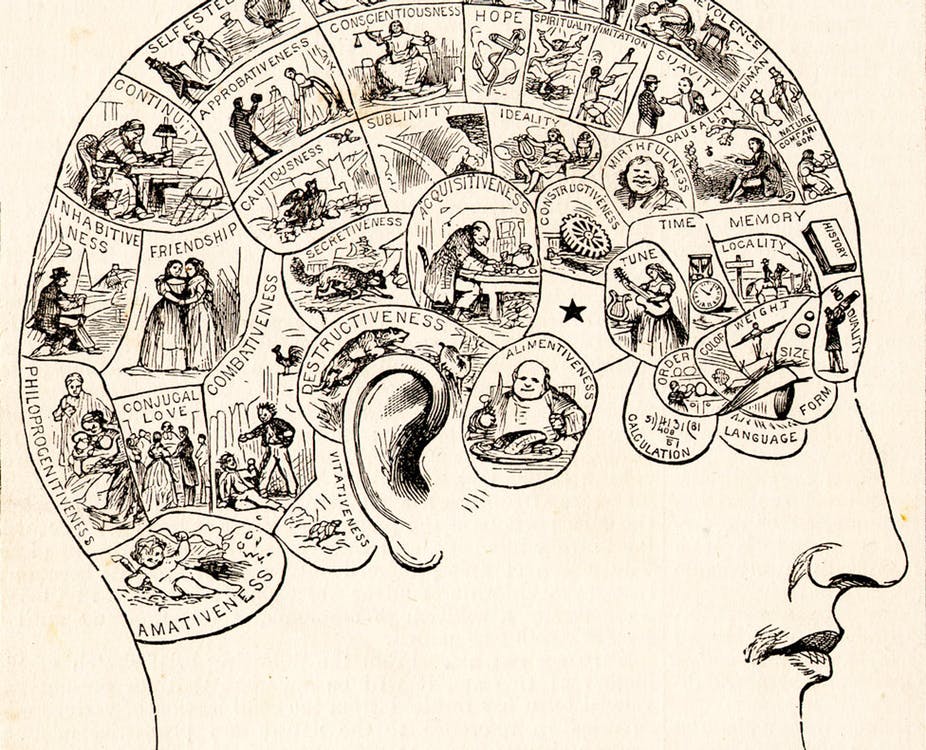
What is Pseudoscience?
Pseudoscience describes any belief system or methodology which tries to gain legitimacy by wearing the trappings of science, but fails to abide by the rigorous methodology and standards of evidence that are the marks of true science. Promoters of pseudoscience often adopt the vocabulary of science, describing conjectures as hypotheses, theories, or laws, providing "evidence" from observation and "expert" testimonies, or even developing what appear to be mathematical models of their ideas. However, in pseudoscience there is no honest attempt to follow the scientific method, provide falsifiable predictions, or develop double blind experiments. Although pseudoscience is designed to
appear scientific, it lacks all of the substance of science.
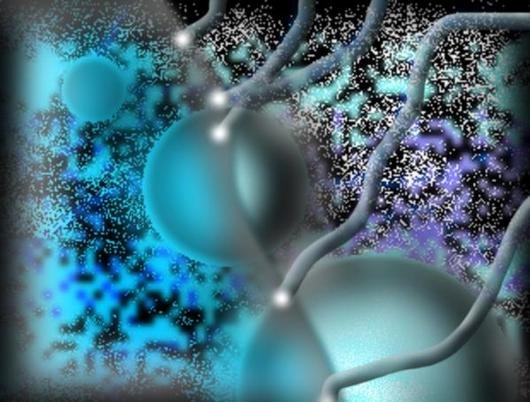
What is Paraphysics?
Paraphysics ‘normally’ refers to the physics of the paranormal and is often associated with the physical nature of those phenomena studied by parapsychologists. Unfortunately, the word is often mistakenly used as a synonym for the theoretical branch of parapsychology or altogether misrepresented as a catch-all phrase for anything from UFOs, to crystals and pyramids. Paraphysics is neither of these. Paraphysics is a branch of theoretical physics which deals with subjects that go ‘beyond’ the ‘normal’ phenomena studied by theoretical and experimental physicists. Since ‘normal’ science deals with naturally occurring phenomena that can be observed or experienced through our five senses and their extensions (microscopes, telescopes, electron-microscopes, experimental measuring devices and all other electronic and mechanical devices that extend human sensations of physical and material reality as defined by science and common consent), paraphysics would deal with ‘naturally’ occurring phenomena that are ‘observed’ or ‘experienced’ outside of our normal five senses. So paraphysics deals with ‘knowledge’ and ‘data’ as well as physical phenomena that affect the physical/material world that are gained by sentient beings by other than
the ‘normal’ means through our five senses. Any phenomena that ‘influence’ our physical/material world, even if they are not subject to ‘normal’ explanation within the sciences, fall within the realm of ‘para’-physics. This would include the ‘mechanisms’ associated with psi phenomena and the ‘sixth sense’ as well as any ‘continuity’ of existence beyond material death of living organisms, but paraphysics also includes the reality of any dimensions of space or time beyond the normally sensed four-dimensional space-time continuum of our common experience.
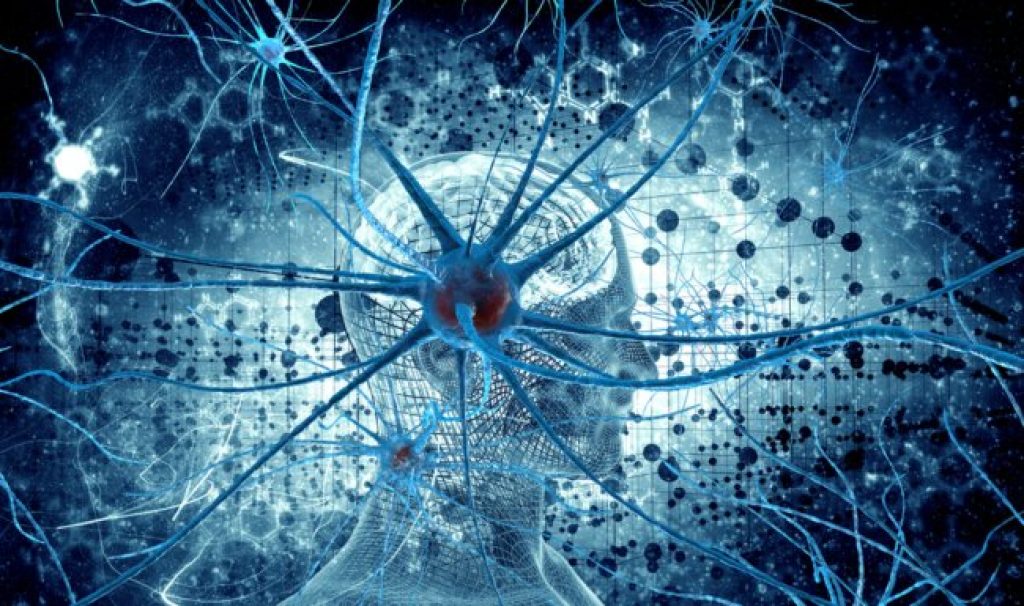
How many neurons in the brain?
The human brain contains about 10^11 neurons. Each neuron has about 5*10^3 synapses, and signals are transmitted along these synapses at an average frequency of about 10^2 Hz. Each signal contains, say, 5 bits. This equals 10^17 ops.
How many grains of sand on earth?
There is only 2^63 grains of sand on all of the beaches of the Earth
How many atoms in the Universe?
It is believed 74% of the mass of the Milky Way, for example, is in the form of hydrogen atoms. The Sun contains approximately 10^57 atoms of hydrogen. If you multiple the number of atoms per star (10^57) times the estimated number of stars in the universe (10^23), you get a value of 10^80 atoms in the known universe.
How many Bitcoin Addresses?
There are exactly 2^160 possible addresses for Bitcoin, which is more than the atoms in the unvierse User.
2^160 is 1,461,501,637,330,902,918,203,684,832,716,283,019,655,932,542,976.
Very Cool! Thanks for the KNOWLEDGE!
https://www.youtube.com/paulbegley34
https://www.youtube.com/paulbegley34